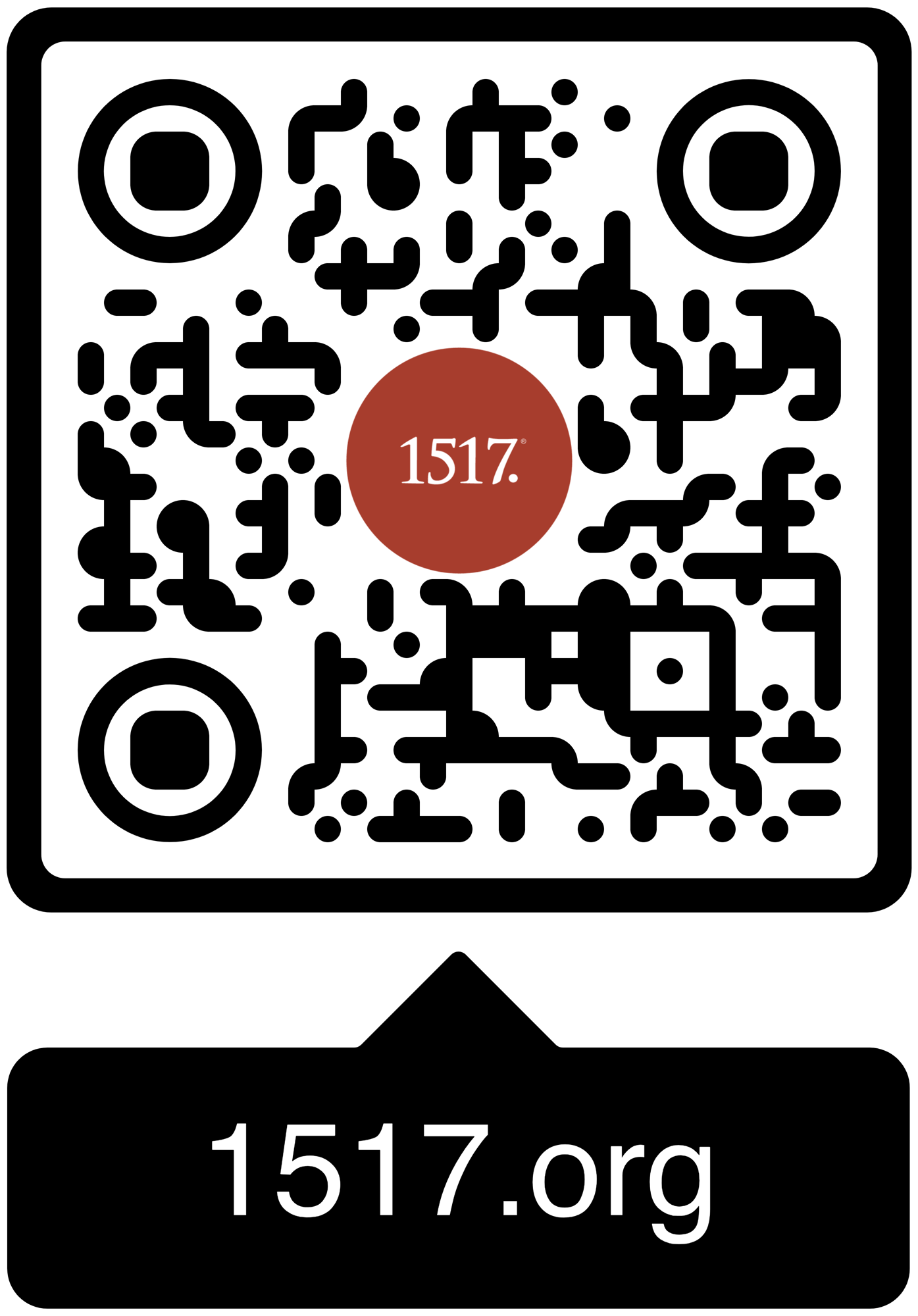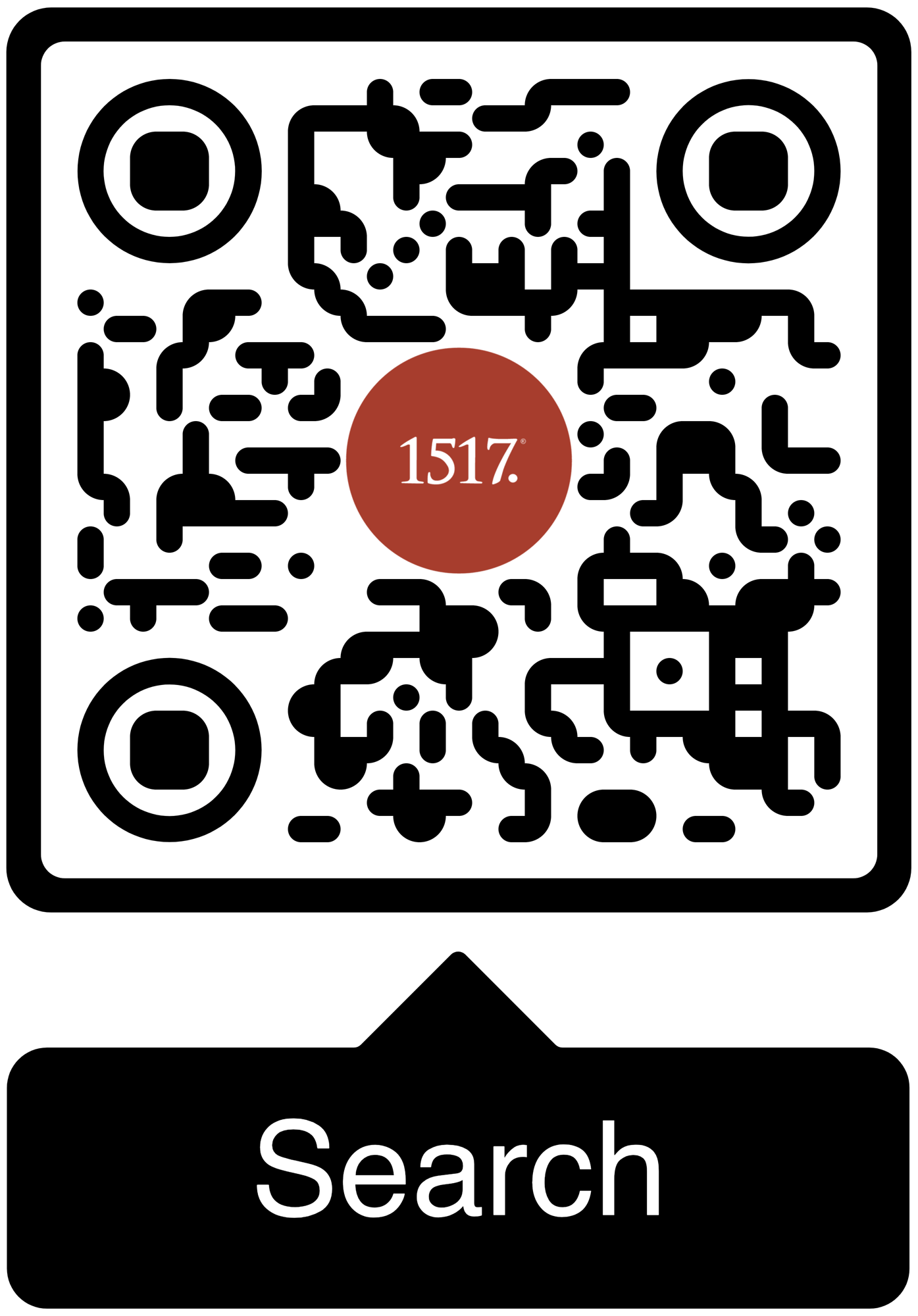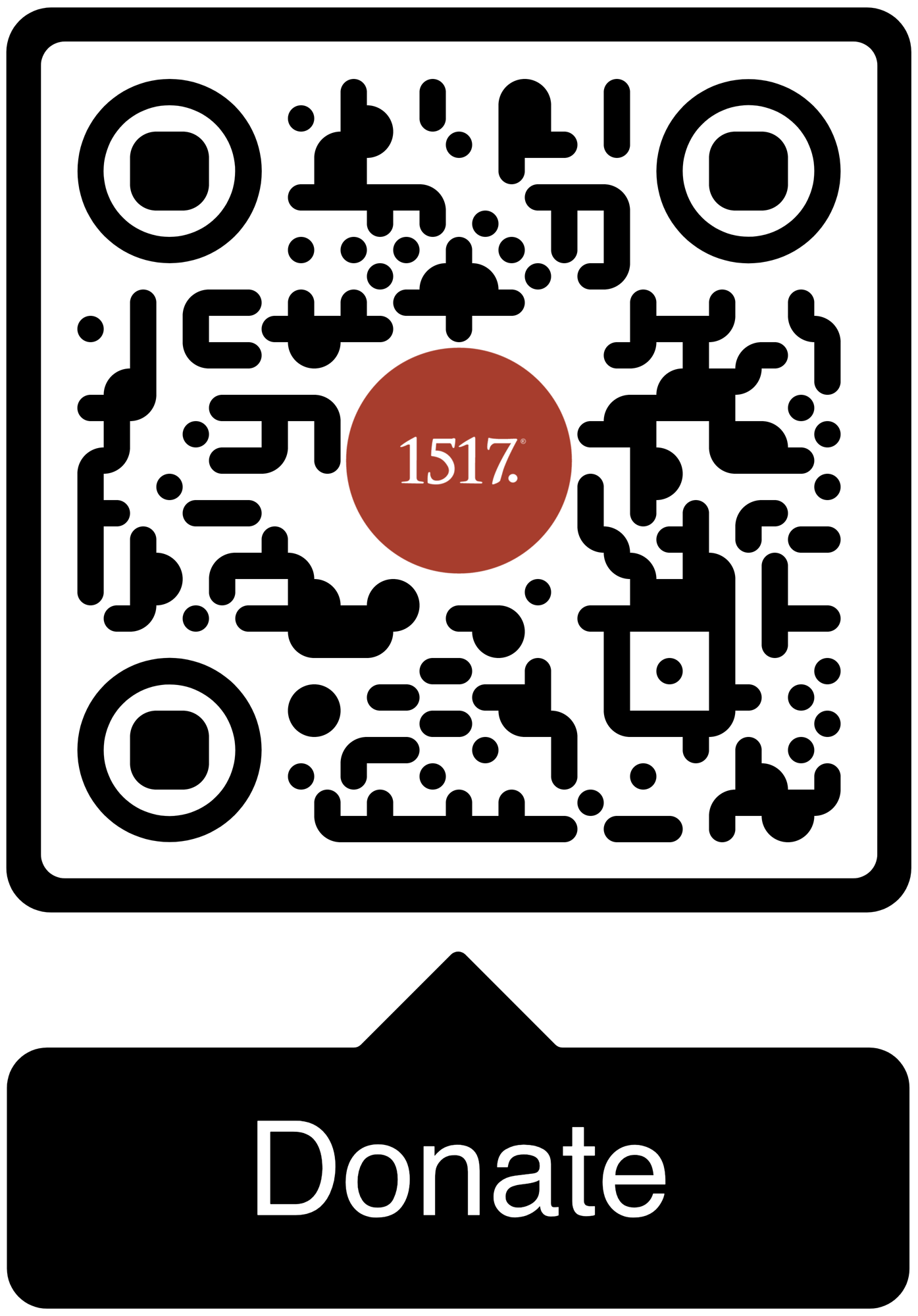This is the final installment in our series, From Eden to Easter: Life and Death in the Garden. Each day throughout Holy Week, we will take a special look at the gardens and wildernesses of Scripture, and in particular, these scenes' connections to Christ's redemption won for us on the cross.
The Bible begins with the story of creation. Genesis 1 paints the big picture, where God creates the heavens and the earth and every living creature. Genesis 2 zeros in on a particular place—the Garden of Eden. Where that exactly was is a matter of some speculation. Moses described it as the place from which the Tigris and Euphrates flowed. That would place it somewhere in Mesopotamia. Whether it was in the south, near the Persian Gulf, or the north, near Armenia, or somewhere in the middle is anybody's guess. Things get complicated when the other rivers mentioned in the narrative (Pishon and Gihon) are considered. They no longer seem to exist. (That's not surprising, given how much the earth's topography must have changed in the great flood that destroyed nearly everything.)
We also know that some remarkable things took place in the Garden. Adam was placed there to "work and keep it" (Gen. 2:15). He was soon given a partner to help do this. And you probably know the rest of the story. Eve succumbs to temptation and eats from the one tree she and Adam were forbidden from touching, and Adam follows suit. God confronts them, and there, amidst the trees of the garden, while condemning the serpent, he makes a promise. There would be hostility between the tempter and the offspring of Eve. Even so, God delivers a promise that one of her descendants would eventually crush the head of (and bring an end to) the serpent (Gen. 3:15).
The Gospels explain that near Golgotha “there was a garden, and in the garden a new tomb” (John 19:41). Like Eden, it was a real place.
Theologians call this the protoevangelium—the first form of the gospel. It's cryptic, for sure. But as God progressively revealed himself through the patriarchs and prophets, the message was made clear that one day, a child would be born, a descendant of Eve through the line of David, that would destroy the work of the devil. That descendant was, of course, Jesus, the “son of David” (Matt. 1:1), the descendent of Adam and Eve through the line of Seth (Luke 3:38).
Few understood who Jesus truly was in his own day and age. Even those closest to him didn’t. That all changed, however, as events unfolded in yet another garden. The Gospels explain that near Golgotha “there was a garden, and in the garden a new tomb” (John 19:41). Like Eden, it was a real place. Unlike Eden, though, we know where it was located—towards the outskirts of Old Jerusalem. The most likely place—and there is good historical and archeological evidence to support it—is where the Church of the Holy Sepulcher stands. It's a large complex, over an acre in size, that contains not only what is believed to be the tomb of Jesus but also, according to over 1,600 years of tradition, the site where Jesus was crucified.
It was there, at Golgotha or Calvary, shortly after Jesus' death, that Joseph of Arimathea, a member of the Jewish Sanhedrin and secret follower of Jesus, took custody of Jesus' body to prepare it for burial in a tomb he owned in the garden. Then he and Nicodemus (another secret follower of Jesus) ensured the body was well cared for and wrapped tightly in a shroud. At the same time, Mary Magdalene and other female disciples watched from a distance until a large stone was rolled in front of the entrance to protect the body.
You probably know the rest of this story, too. Mary Magdelene and some of the women returned early on Sunday morning only to find that the tomb had been opened, and Jesus' body was missing. Sobbing, Mary quickly turned and ran into a man she thought was a gardener and pleaded with him, asking where he moved the body. She even offered to "take him away" to find another place to bury him (John 19:13). The gardener responded by merely speaking her name. Immediately, she recognized it was him; it was her Lord Jesus.
The good news first spoken to Adam and Eve in the Garden of Eden was fulfilled in that Garden where Jesus once laid dead and buried but rose from the dead.
The rest is, as they say, history. Jesus began to appear to the disciples in the days that followed. They told anybody who would listen that while they played a role in his crucifixion by having him delivered over to the Romans, "God raised him, loosing the pangs of death" (Acts 2: 24). Nonetheless, this was all part of God's "definite plan" (Acts 2:23) since the fall of Adam and Eve, for the forgiveness of sins and the justification of the sinner before God. And that promise was even for them, their children, “and for all who are far off, everyone whom the Lord our God calls to himself” (Acts 2:38). The good news first spoken to Adam and Eve in the Garden of Eden was fulfilled in that Garden where Jesus once laid dead and buried but rose from the dead.
Forty days after his resurrection, Jesus ascended into heaven, and he is still there, patiently (and mercifully) awaiting his final return. That will be an awful day for many but a great day for those who believe, for on that day, he will bring all things to completion. All things will truly be made new. We get glimpses of this throughout, but especially at the end of the Bible in the book of Revelation, where St. John describes the marvelous vision God gave him of a future that is already ours in Christ. Just as we have been made new by faith, so too will heaven and earth be made anew. A new Jerusalem will be the new garden where God will dwell with men and women, "and they will be his people…. No longer will there be anything accursed, but the throne of God and of the Lamb will be in it, and his servants will worship…and they will reign forever and ever" (Rev. 21:3, 22:3-5).
Easter reminds us—as does every Lord's Day—of what God did in history through his son Jesus Christ, what he continues to do among us, and what he will do at the end. He will restore his good creation. There will be no curse from sin. There will be no death. The devil will be no more. And we will dwell with God for all eternity in his garden.





